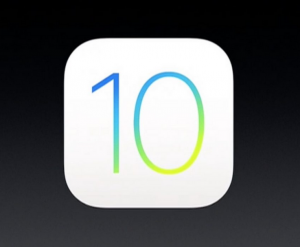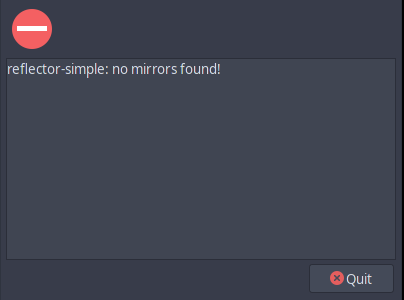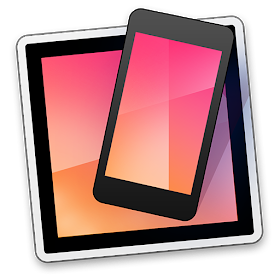

- REFLECTOR 2 HAS STOPPED WORKING INSTALL
- REFLECTOR 2 HAS STOPPED WORKING CODE
- REFLECTOR 2 HAS STOPPED WORKING DOWNLOAD
- REFLECTOR 2 HAS STOPPED WORKING WINDOWS
At this point Reflector should appear inside VS.NET in a tool window. To start the application double click or right click 'Connect' the Reflector entry. To run Reflector as an add-in simply drag Reflector.exe onto the toolbox (click save if you want to keep it). You can use this to add, connect and configure your add-in applications. The add-ins toolbox should appear (dock it if it appears in the middle of the screen). Simply select 'Managed Add-Ins.' from the VS.NET 'Tools' menu.
REFLECTOR 2 HAS STOPPED WORKING WINDOWS
At each stage there was a fully functional add-in with differing levels in intergration.Īt its most basic level ManagedAddIns allows you to run pretty much any Windows Forms application as a VS.NET add-in.
REFLECTOR 2 HAS STOPPED WORKING CODE
The add-in has been developed in 3 stages ranging in complexity from drag-and-drop to writing code that uses the Reflector SDK.
REFLECTOR 2 HAS STOPPED WORKING DOWNLOAD
After the download Reflector should appear in a tool window. The first time the Reflector Add-In loads it will prompt you to download Reflector. Go to the 'Tools/Managed Add-Ins.' menu and select Reflector Add-In. That's all you will have to do! The new version includes the Reflector Add-In (make sure you uninstall any old versions first).
REFLECTOR 2 HAS STOPPED WORKING INSTALL
Install the latest version of ManagedAddIns.msi. If you're impatient and just want to see the Reflector add-in running - here's how you do it. I wanted to start developing it using VS.NET 2003 whilst maintaining compatability with 2002. I have been developing it using VS.NET 2002 but it has worked on both 20 for a while. I started writing the ManagedAddIns framework when NUnitAddIn (a unit testing add-in project I have been working on) started becoming unmanagable. It will be done using the ManagedAddIns framework. NET Reflector can be made into an Add-In for Visual Studio.NET. This article will show you how Lutz Roeder's.

The timing of the laser round trip provided evidence supporting Albert Einstein's theory of general relativity. While the experiment is most famous for its measurements of lunar distance, researchers have also used the data to show that the moon has a fluid core and that the natural satellite is moving slowly away from Earth, said James Williams, a scientist at NASA's Jet Propulsion Laboratory involved in the experiment, in a 2009 interview. It's a distance so vast that it took Apollo astronauts three days to get there. That's not a bad margin of error given that the moon's distance averages 238,855 miles (384,400 km) from our planet, or about 30 Earth diameters away from us. But by averaging out the signal, researchers can calculate the moon's distance down to a precision of less than 1 inch (2 cm), JPL said. Observations must be made over several hours to account for the weak signal. "The reflected light is too weak to be seen with the human eye, but under good conditions, one photon, the fundamental particle of light, will be received every few seconds." "Once the laser beam hits a reflector, scientists at the observatories use sensitive filtering and amplification equipment to detect any return signal," JPL said. Over the years, measurements of the moon's distance have improved thanks to better laser and computing equipment.

It's due to the shape of these corner cubes that any laser shot at them reflects light directly back.

This instrument includes 100 "corner cubes" (or fused silica half-cubes), which are placed in an 18-inch-square (46 centimeters square) aluminum panel, according to NASA's Jet Propulsion Laboratory (JPL). The reflector itself doesn't require any power, which is why it's still operating decades after other instruments on the moon fell silent.


 0 kommentar(er)
0 kommentar(er)
